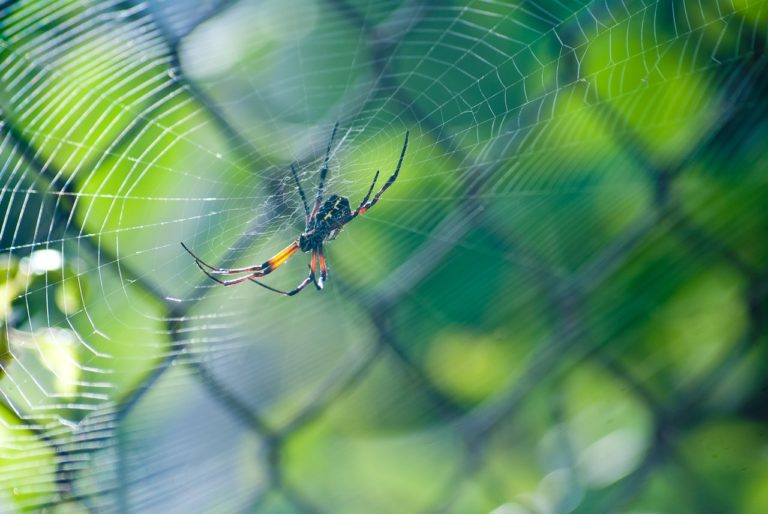As if this decade couldn’t get any worse, people are starting to panic about an infestation of flying spiders in various places across Texas and all the way up to Chicago.
Yes, you read that right: flying spiders.
Move over, executioner wasps, there’s a new nightmare in town.
What Are Flying Spiders?
Before you yell “fake news!”, here’s a disturbing fact: flying spiders ARE real, but not in the way you think.
Flying spiders aren’t even an exotic species you’ll find in the Amazon or something: the arachnid species Larinoides Sclopetarius, otherwise known as, well, flying spiders (scientists aren’t great with naming things), are actually fairly common. L. Sclopetarius loves high-rise buildings, although they’re not uncommon in attics, trees, and other elevated areas in suburban neighborhoods.
Are Flying Spiders Real?
But before you pack your bags for Mars (which isn’t livable but it doesn’t have spiders…yet), here’s a little consolation: flying spiders are able to achieve flight by using their webs as make-shift parachutes, and not by using some kind of nightmare spider wings. Kind of cute, if you think about it.
More interestingly, some species of flying spiders, called bridge spiders or grey cross spiders, are theorized to use their webs as a kind of static sail; that is, they create sheets of silk web which they then use to ‘catch’ static electricity in the air. Other species of flying spiders, however, are a little more crude, latching on to moths and other flying insects to hitch a ride and, eventually, eat their ride.
Nothing You’re Saying About Flying Spiders is Comforting
Oh wait, we’re not even done.
Scientists from the University of Louisville in Kentucky have noted that most species of flying spiders are actually extremely good at flying: they’ve observed several species, particularly grey cross spiders and bridge spiders, using their web sails with precision, gliding from one point to another in a controlled manner, deftly avoiding obstacles and sticking their landing better than other insects.
In some parts of the American tropics, like Central America, large flying spiders called ‘flatties’, named for the way they flatten their bodies to glide (again, scientists aren’t creative with names) across the tropical rainforest. Flatties use this unique feature of their body to mimic falling leaves, avoiding predators like birds and, well, larger spiders.
Flatties have been observed to change their angles mid-flight: an effective way to avoid obstacles and predators.

Ok, We Need to Know: Do Flying Spiders Bite?
One of the most common flying spiders is called the Selenops Austrialensis, or Selenops for short. Thankfully, they can only be found in Australia (not surprising), and thankfully again, they are not known to attack humans at all, and even if they did, their venom is not known to be dangerous to humans.
A related –and slightly less terrifying –species of spider, the Jumping Spider, has been known to attack humans in self-defense, usually when they make their home in old shoes or cupboards and an unwitting person disturbs their abode. The difference between jumping spiders and flying spiders are similar to the differences between Komodo dragons and monitor lizards: size and venom. But, again, the bite of jumping spiders are not dangerous to humans, save for a painful welt.
Are Flying Spiders Actually Real? Or Are You Just Messing With Us?
We’re not messing with you: flying spiders are very real, and in fact, they’re flying your way now.




